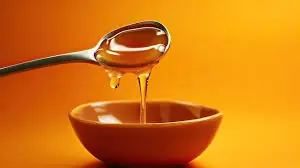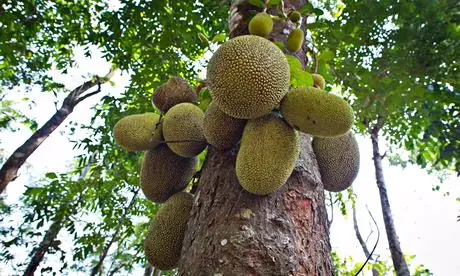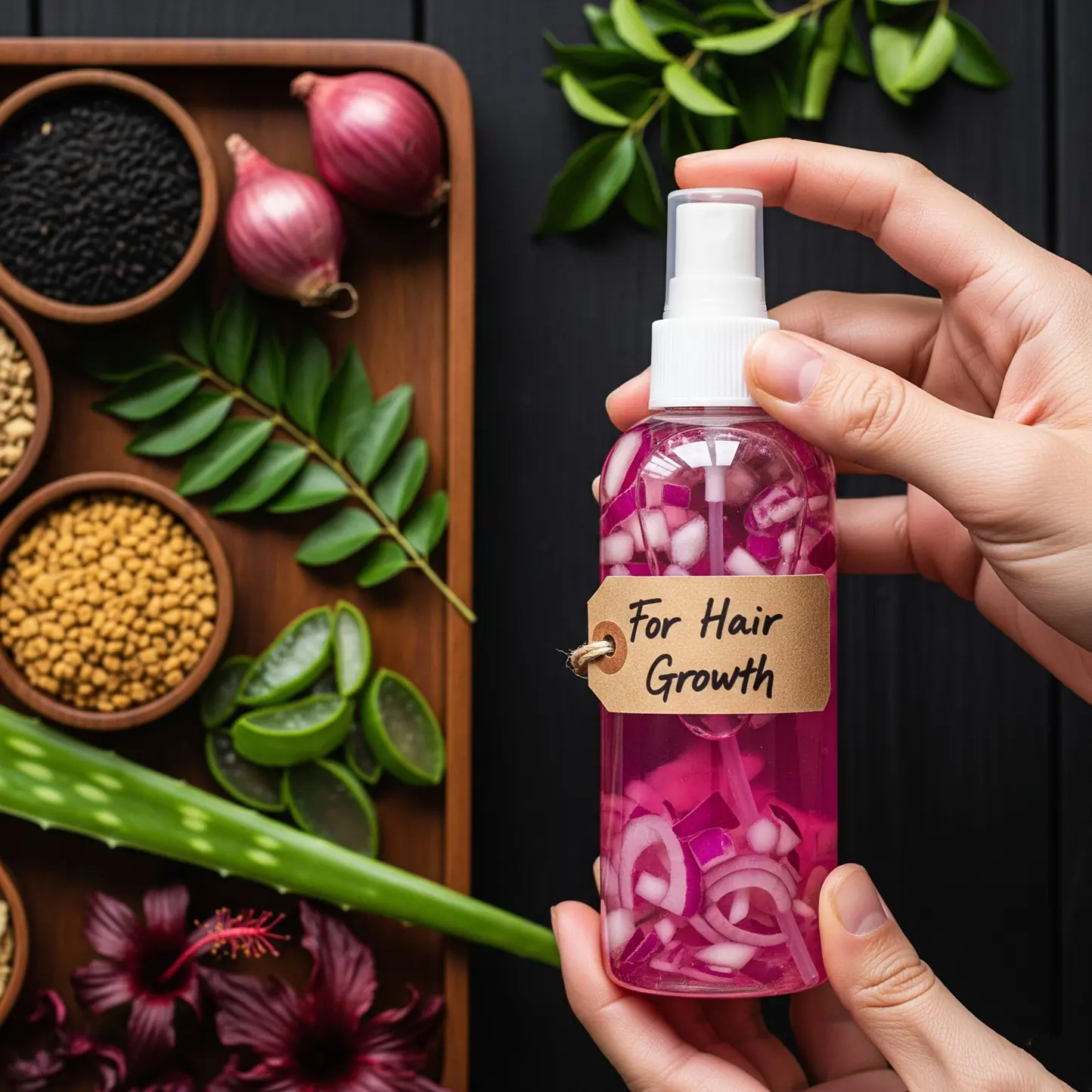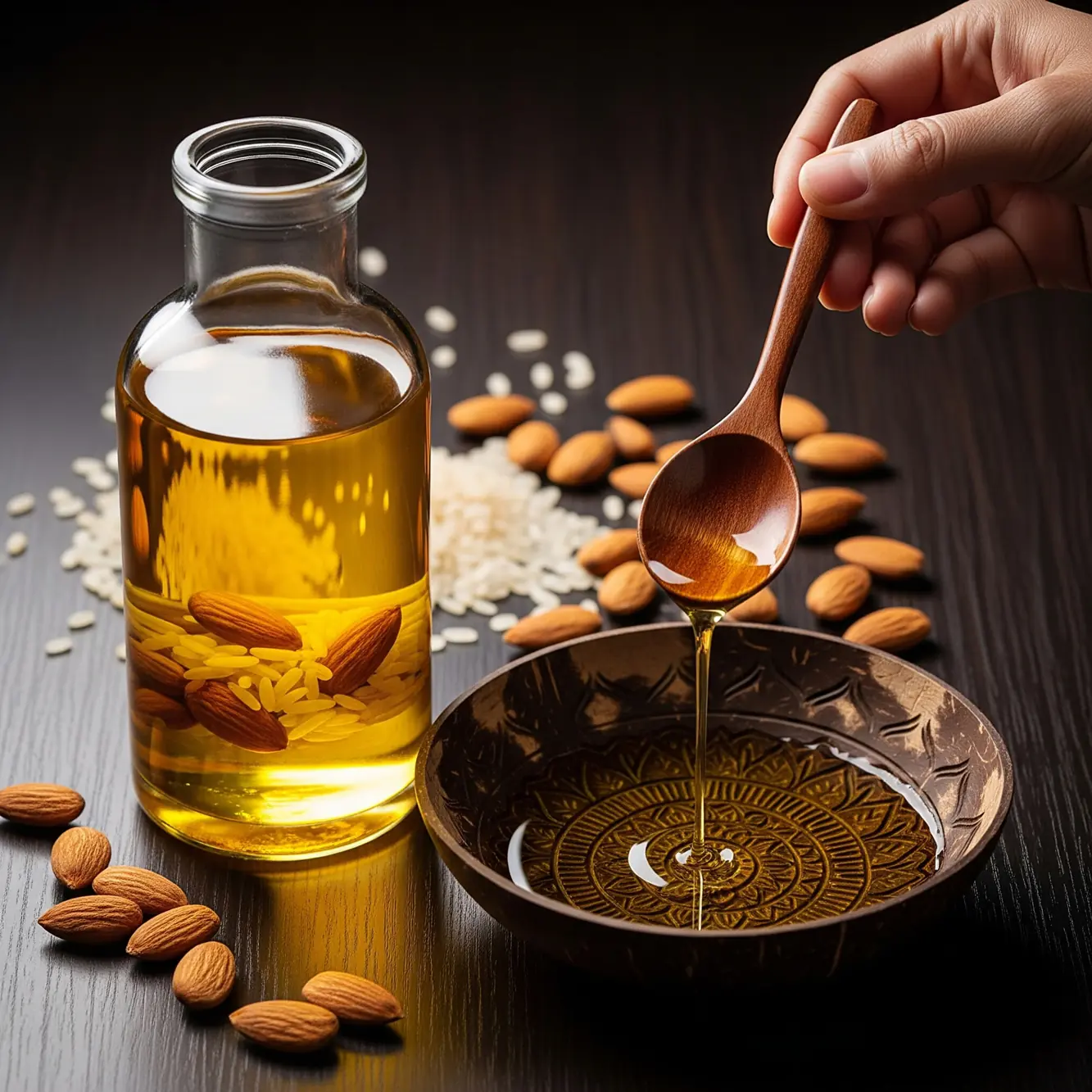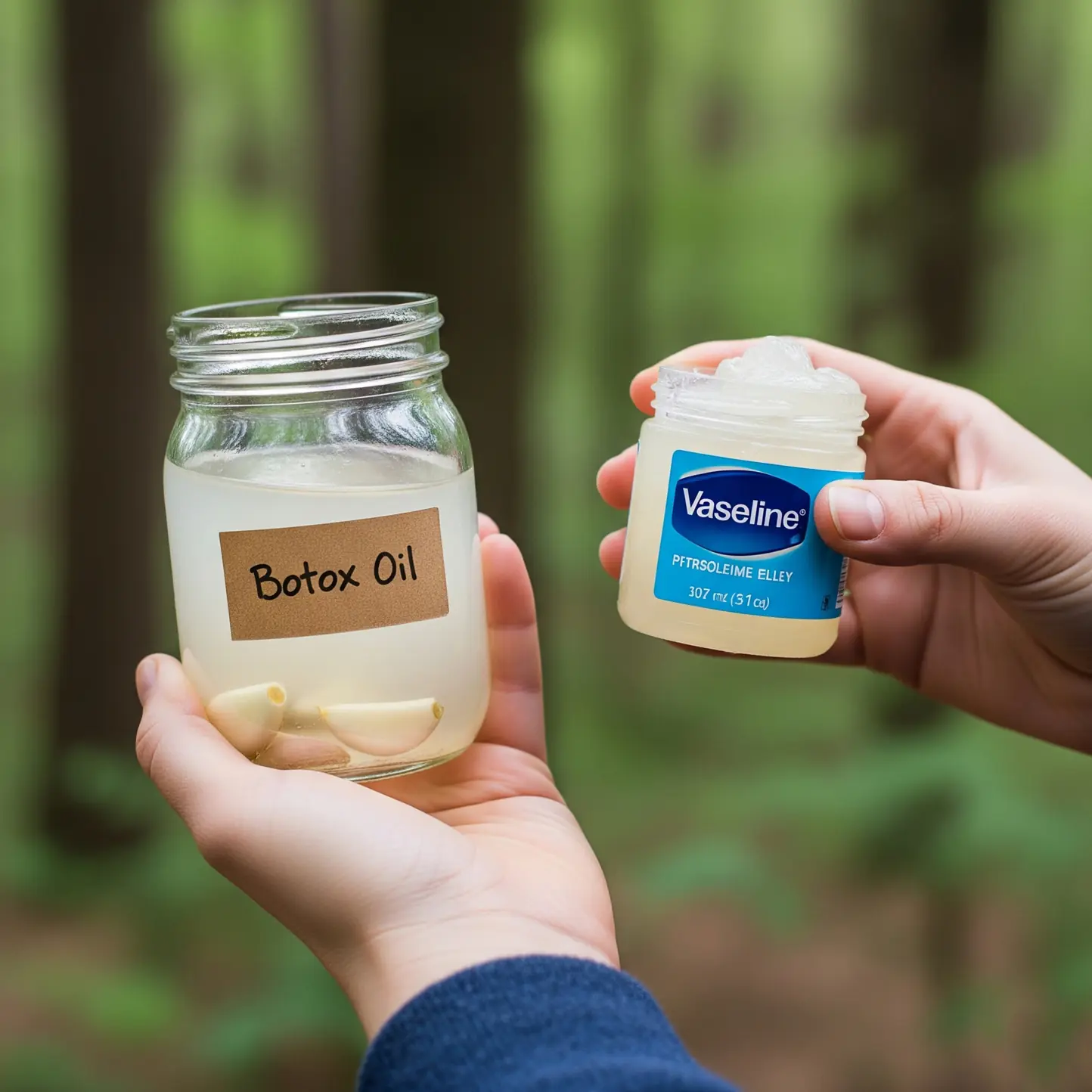While often used in cooking, many are unaware of the true purpose behind the circular holes on a vegetable grater. Let's uncover how this simple design can elevate your culinary experience.
In almost every kitchen, especially for those who love cooking, the vegetable grater is an essential tool. With its simple and convenient design, it makes quick work of prepping foods like carrots, radishes, potatoes, and cucumbers.

However, many people wonder about the real purpose of the round holes on a vegetable grater.
These round holes are not just for decoration or hanging purposes; they actually serve practical functions during food preparation, especially for those who cook frequently.
On the grater, you’ll find three types of round holes in different locations: one near the handle, two near the blade, and a series of serrated holes located in the middle part of the grater.
The Function of the Two Holes Near the Blade
The two round holes near the blade are often designed with a slightly sharp edge, and they have the following purposes:
-
Removing Potato Eyes: When peeling potatoes, you’ll notice “eyes” on the surface—indentations or spots where sprouts begin to grow. These potato eyes are not only unsightly and unhygienic, but they can also contain the toxin solanine if they begin sprouting, which can cause poisoning if consumed in large quantities.
The two small round holes on the vegetable grater, located on either side of the blade, are perfectly designed to hook and remove these eyes with ease. Simply insert the hole’s edge into the eye, twist gently, and you can easily remove it without needing a knife or spoon, making the process both quick and safe.
-
Creating Shapes for Food Decoration: With a bit of creativity, these round holes can be used to cut small, uniform circles from vegetables for food decoration. Carrots, cucumbers, and white radishes can all be shaped into perfect circles using these holes, adding lively details to your dish.
Some vegetable graters may only have one round hole in this position, and the effect is the same.
The Round Hole at the End of the Handle
Most vegetable graters have a large round hole at the end of the handle, right in the center. This hole is designed for hanging the tool on a hook or rack in the kitchen, helping to keep it dry, clean, and save space.
After using the grater, simply wash it and hang it up by the round hole.
The Serrated Holes for Grating and Stripping Vegetables
Among the round holes on the grater, the ones with serrated edges are the most numerous and are typically found in the middle section of the tool. These serrated holes are used for tasks such as grating or shredding ingredients.
For instance, you can use these holes to grate ginger without creating fibers, as the fine part of the ginger will fall through, while the fibrous part is retained. This is ideal for making smooth dipping sauces for dishes like snails or fish, as opposed to chopping or grinding ginger, which can lead to excess fiber and leave it stuck between your teeth.
You can also use these holes to grate fresh turmeric, which avoids the mess and hassle of pounding it with a mortar and pestle. It also prevents turmeric juice from splattering, which can happen when grinding.
These serrated holes are also perfect for quickly grating garlic, avoiding the need to chop it finely.
Cooked carrots, potatoes, and even cheese can also be grated into small pieces using these holes, making them ideal for preparing baby food in small quantities.
Additionally, the serrated holes can be used to strip the leaves from small-stemmed vegetables like kale. Simply slide the stem through the hole, hold the stem, and pull upwards to quickly remove the leaves.
Tips for Using the Round Holes on a Vegetable Grater Effectively
To make the most of the round holes on your vegetable grater, keep these tips in mind:
-
Position the Holes Towards You: Always position the holes facing you when preparing food. This makes it easier to see and handle the tool accurately.
-
Apply Moderate Pressure: A light touch is all you need. Pressing too hard can mash the vegetables.
-
Clean Thoroughly After Each Use: Since small pieces of vegetables can get stuck in the holes, it’s important to use a small brush or a high-pressure water nozzle to clean them properly.
By following these simple steps, you can maximize the effectiveness of your vegetable grater, making food prep faster and more efficient!


